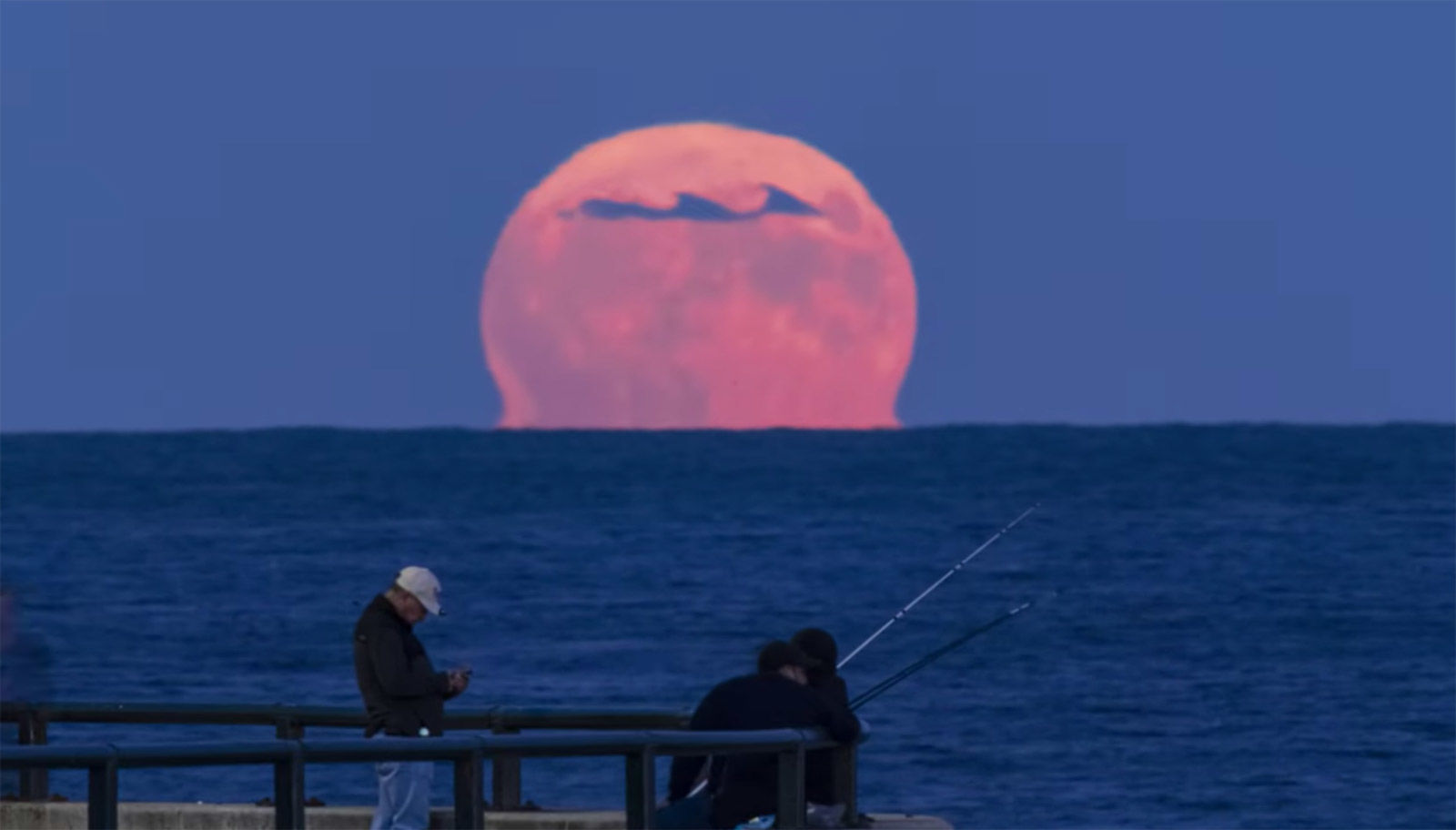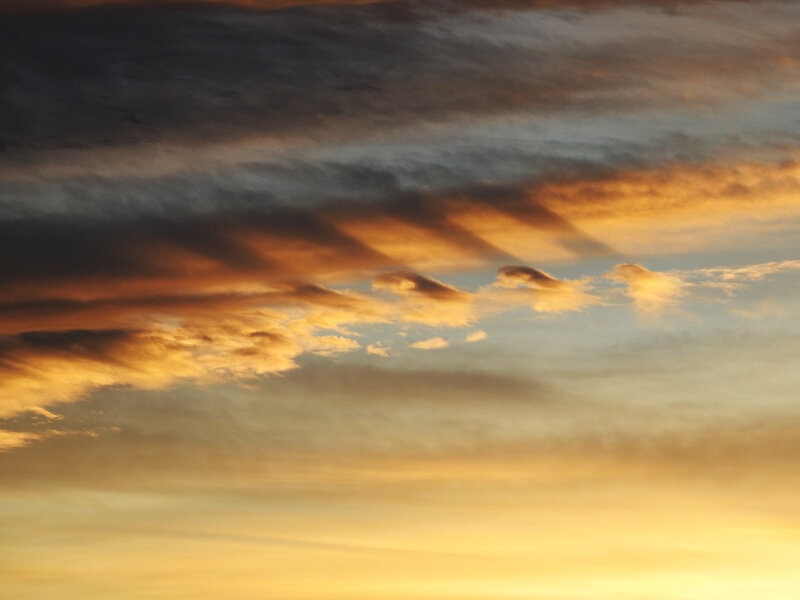Create a free profile to get unlimited access to exclusive videos, sweepstakes, and more!
Moonrise Mirage

Astrophotgrapher Babak Tafreshi is a wonder: He travels the world taking amazing photos of the night sky, specializing in contrasting them with our own earthly objects in the foreground. He's the founder of The World At Night, a group of photographers trying to reconnect people to the skies via their work.
Born in Iran, he lives in Boston, and it was in his hometown that he took an astonishing and lovely time-lapse video of the Moon rising over the Atlantic. Pay attention: There's a lot going on in this seemingly simple and (literally) everyday event.
Whoa. Isn't that beautiful and weird? The shape of the Moon as it rises changes, warps, distorts, splits, and generally doesn't do what you might think.
I watched it at 2x normal speed, which helps tie together some of what's going on, but even then it can be hard to interpret everything going on.
The color, reddish-magenta, is due to our atmosphere. When light from an object in space comes through our air, haze and particles scatter it, sending it off in random directions. Bluer light is scattered more efficiently than redder (which is why the sky is blue), and when an object's on the horizon its light passes through more air. That means not just blue but also green and yellow light can be scattered away, leaving only the red light to get straight through to your eye. When the Sun and Moon are rising or setting they frequently appear red.
But the shape! What's that about?
Part of it is due refraction, the way light bends when it passes through air. When the Moon is on the horizon its light is passing through a lot of air, and the light from it is bent slightly downwards. In fact, when you see the Moon rising, it's actually below the horizon! If the Earth were airless the light would go straight from the Moon to your eye, but when it passes through our air the light is bent towards us, so we see the light before the Moon has actually risen above the horizon; it's like seeing around a corner!
But there's more to it. Because the atmosphere is curved, following the Earth's curve, light from the bottom of the Moon is passing through more air than light from the top of the Moon. The net effect is that it looks like the bottom is pushed up into the light from the top, making the bottom of the Moon appear squished, flattened. As it rises the effect diminishes, and eventually the Moon appears round.
But there's still yet even more! All those shape effects above are just from straightforward refraction. At the same time there's a mirage going on. Below the actual Moon is an image of it, distorted. This is technically called an inferior mirage, because it's below the actual Moon in the sky (inferior meaning below in this case and not lesser than). The geometry and optics of this get complicated fast, but in general it's due to layers of air of different temperatures, with a warmer layer under a cooler one.
It's similar to when you see what looks like a shimmering pool of water on a hot road ahead of you; air just above the road is hotter than air above it, and this changes the way light is bent through it. It winds up acting like a mirror lying on the road, sending an image to you of objects above it. The "shimmering pool" is the sky, refracted toward you by this air. It can also do this with cars, trees, or what have you.
An image formed this way is usually upside down, and it's hard to tell but I do think the image of the Moon under the "real" one is upside-down. At 00:37 you can clearly see the boundary between these two air layers, a line separating them. Turbulence and movement of air distort the edges, too. If there are multiple air layers things can get really wonky, too.
Because this image is upside down, it appears to set as the Moon itself rises, and at 1:15 it disappears.
Babak took another time-lapse of a Moonnrise also near his hometown of Boston, and it shows another extremely cool effect: The Etruscan Vase.
This effect starts around 30 seconds in and becomes prominent seconds later. It's the distortion of the Moon right on the horizon, spreading it out and then curving in to form what looks like a vase; the term Etruscan Vase was coined by Jules Verne (it's also called an Omega mirage, since it looks like a capital Greek letter Ω ). It's where the top of the only partially formed inverted inferior mirage blends in with the bottom of the Moon, forming a pinched waist.
My favorite part? The effect is at a maximum just when you can see a short train of fluctus clouds in front of it in silhouette! Those are three "breaking wave" clouds you can see starting at 30 seconds in. Those form when a layer of fast moving air blows over slower air, lifting up the lower air and forming those crests. I've seen them many times and they always make my heart skip a little.
I'll note the Moon looks huge because this was taken using a powerful telephoto lens. Both the Moon and people on the pier would have looked small by eye, but both are magnified in the video.
While poking around for mirage explanations I found this video by Sixty Symbols, which takes — ahem — an interesting path (haha! Get it?) to showing what's happening. Enjoy:
If you have a clear horizon to the east or west, you might be able to see some of these effects, too. Check your local times of sun(moon)rise/set and take a look for yourself!



























